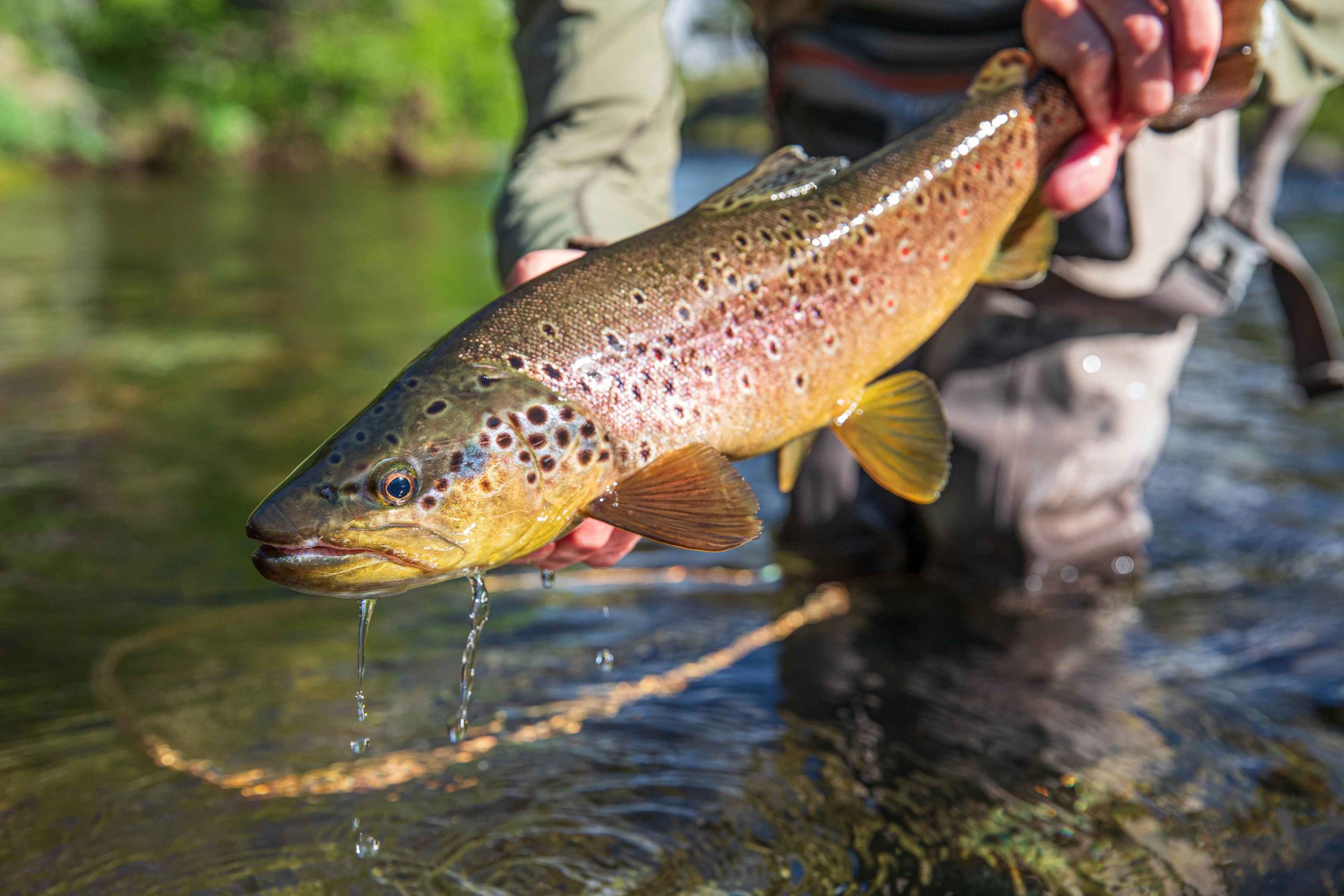Understanding trout behavior is key to becoming a successful trout angler. Trout are known for their selective feeding habits and sensitivity to environmental changes. By learning about their behavior, habitat preferences, and feeding patterns, you can improve your chances of catching these elusive fish.
Habitat Preferences
Trout thrive in cold, clear, and oxygen-rich waters. They are often found in streams, rivers, and lakes with rocky or gravel bottoms, where they can find ample food and cover. Look for trout in areas with moderate to fast currents, such as riffles, runs, and pools. Underwater structures like submerged rocks, logs, and overhanging banks provide ideal hiding spots and ambush points for trout.
Feeding Patterns
Trout are opportunistic feeders and their diet varies based on availability and season. They primarily feed on aquatic insects, such as mayflies, caddisflies, and stoneflies, as well as small fish, crustaceans, and terrestrial insects. Understanding the local hatch patterns and matching the hatch with appropriate flies or lures is crucial for success. During insect hatches, trout often rise to the surface to feed, while at other times, they may focus on subsurface or bottom-dwelling prey.
Seasonal Behavior
Trout behavior changes with the seasons. In spring and fall, when water temperatures are cooler, trout are more active and feed aggressively. This is a great time to target them with a variety of techniques, including dry flies, nymphs, and streamers. In the heat of summer, trout seek deeper, cooler waters and become more selective in their feeding. Early morning and late evening are the best times to fish during summer. In winter, trout are less active and tend to stay in deeper, slow-moving pools. Nymphing and slow presentations are effective during this period.

Water Temperature and Oxygen Levels
Water temperature and oxygen levels significantly influence trout behavior. Ideal water temperatures for trout range from 50 to 60 degrees Fahrenheit. When temperatures rise above 70 degrees, trout become stressed and seek cooler waters. Oxygen levels are higher in fast-moving currents and well-aerated waters. Pay attention to these factors when choosing fishing spots and techniques.
Reading the Water
Successful trout anglers develop the ability to read the water and identify potential holding areas. Look for seams, where fast and slow currents meet, as these are prime feeding spots for trout. Eddies, behind rocks and obstructions, provide sheltered areas with abundant food. Undercut banks and overhanging vegetation offer cover and protection. By observing the water and understanding how trout relate to their environment, you can improve your fishing strategy.
Adapting to Conditions
Trout are sensitive to changes in weather, light, and water conditions. On overcast days, trout are more likely to venture out of cover and feed actively. Bright, sunny days may drive them to deeper or shaded areas. Adjust your tactics based on the conditions, using stealthy approaches and precise presentations to avoid spooking the fish. Vary your fly or lure selection and retrieval speed to match the trout’s behavior and preferences.
Using Technology
Modern technology, such as fish finders and underwater cameras, can provide valuable insights into trout behavior and habitat. These tools can help you locate fish, understand their movements, and identify productive fishing spots. However, traditional skills like reading the water and observing natural indicators remain essential.
By understanding trout behavior and adapting your approach accordingly, you can increase your chances of catching these challenging and rewarding fish. Observe, learn, and refine your techniques to become a more skilled and successful trout angler.
Image: Hatch





